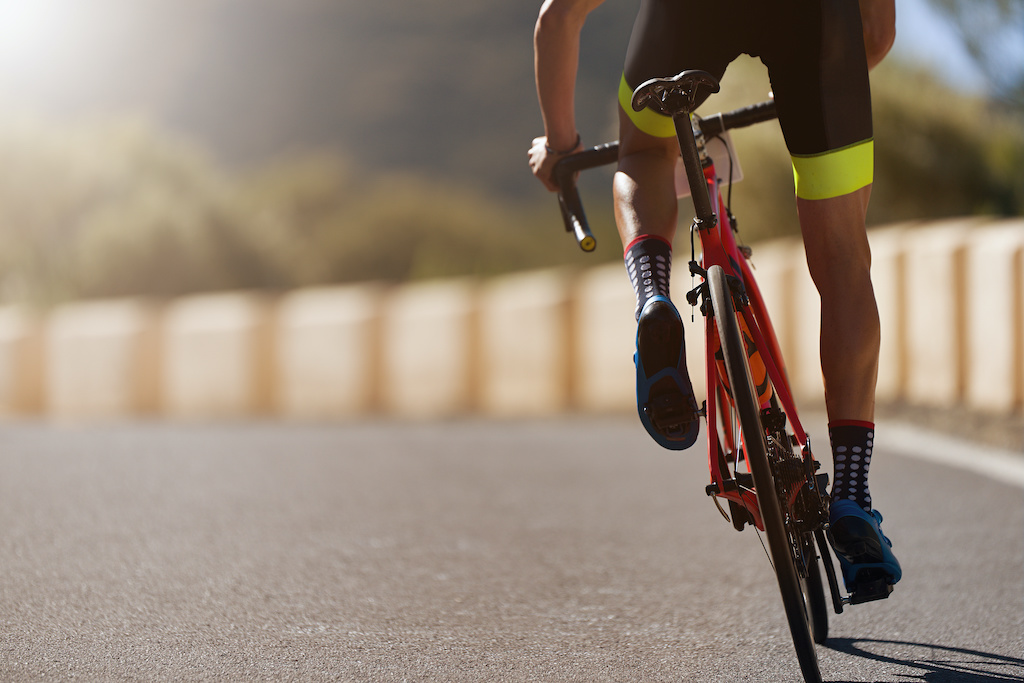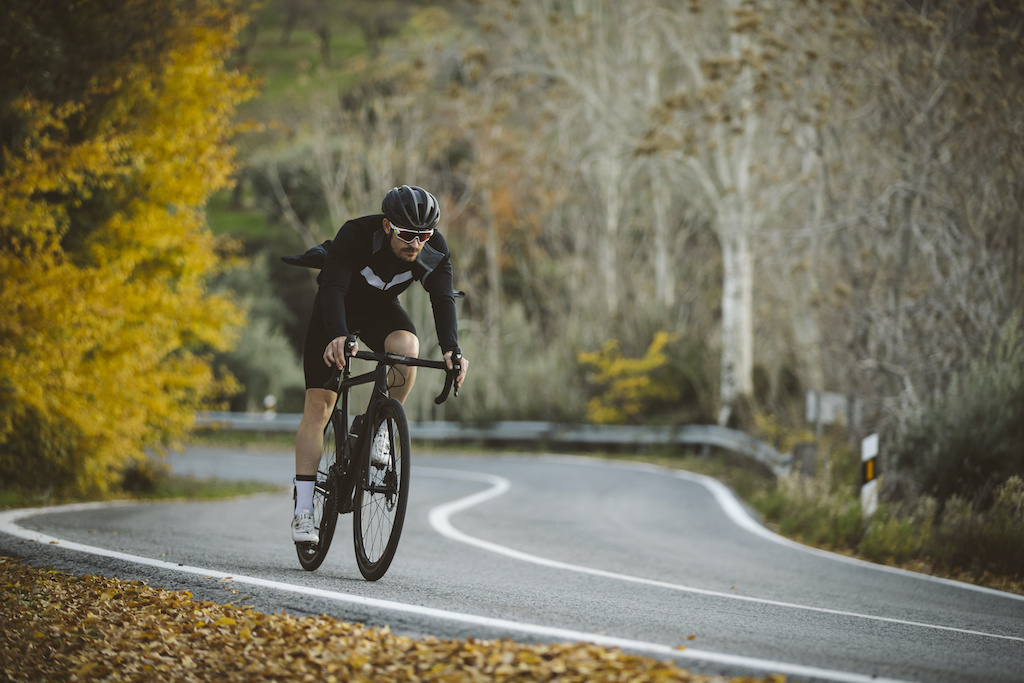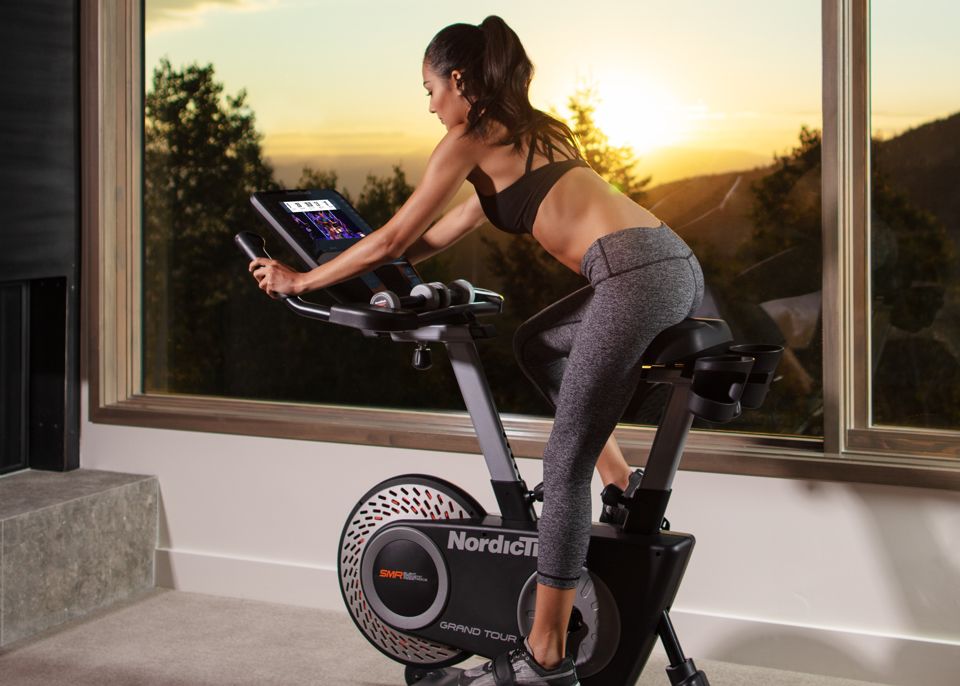Do you want to start cycling on a road bike? Find out how to prepare for one in just a few steps. From the right gear and accessories to tips and a special beginner’s training programme, put the odds in your favour and start enjoying yourself as soon as possible.
Getting well equipped: The basis of the road bike cycling

To start road cycling, begin by choosing high-quality equipment: This means a bike, of course, but also a suitable outfit as well as those must-have accessories to ensure your safety is maintained while providing you with long hours of cycling pleasure.
Choosing your road bike
For your debut on a road bike, you don’t need to buy a very technical bicycle. Even if it lacks a bit of lightness, a mid-range road bike will suffice. If you sometimes head off-road, then opt for a model with sufficiently strong wheels. The quality of the transmission system is an essential criterion for being able to pedal with ease, no matter how steep the gradient you encounter may be. In any case, you should choose a road bike that’s right for your size and body type.
The ideal outfit for cycling
Wear comfortable and well-fitting cycling clothing so that you do not feel the friction caused by the saddle and so that you can maintain a good range of motion:
The jersey: Short-sleeved in summer, long-sleeved in winter, it must have zipped pockets to carry a few items. Choose a lightweight, non-absorbent material that wicks away perspiration. Pay special attention to the fit: Your cycling jersey should not be too wide, but adjustable without being too tight.
Cycling shorts: These provide support in the saddle and can come with or without straps, but should be elasticated with reinforced zones at the places that will come into contact with the bike. A pair of short cycling shorts or a chamois undergarment may also be suitable in summer.
Shoes: Suited for use with your toe clips if you have them, they should support the foot properly. Wear high-quality socks to avoid overheating and getting blisters.
Gloves: These make it easier to grip the handlebars, reduce vibrations and protect your hands against the wind or against injury in the event of a fall.
A windbreaker in winter: Ideally, it will fold up so that it can be put on or taken off quickly.
A bicycle helmet: Essential for protecting the head, this should not be too tight on your head but should be very stable.
Glasses: These prevent insects and splashes while limiting the impact of
the sun, wind and dust on your eyes.
The essential accessories for any cyclist
Complete your cycling outfit with accessories:
To reduce the risk of injury, do not forget protective equipment: Knee pads, wrist protectors, chest protectors, leggings, etc.
High visibility kit is essential so you will be spotted by motorists: Reflective elements on the bike, the helmet or the windbreaker are good as well as armbands or a high-tech backpack that indicates the direction you want to take or when you are about to stop. Add a good lighting system to your road bike, as well.
Bring a GPS system and a first aid kit so that you are prepared for any eventuality.
A bottle holder and a bottle of water will keep you hydrated throughout your outing.
Provide yourself with a repair kit for your bike: Puncture-proof patches, an air pump, tightening wrenches, and so on.
3 tips for getting started cycling on the road

You are now ready to make a start! Well, almost. Follow these tips to start road cycling in the best way possible:
Plan your cycle routes: Study the intended route with care so you can choose your equipment appropriately and so you will not be surprised by a terrain that is too uneven, for example. Initially, ride during the day, but check that your lighting is working because it will be useful in bad weather. Bring water with you and protect yourself from the sun.
Adjust your bike: On a road bike, the chest is raised more than on a racing bike. Positioned a little higher than the handlebars, the saddle should be horizontal or slightly tilted forward for women. The saddle height should be your inside leg measurement multiplied by 0.885. Check the tightness of the toe clips and opt for a medium setting at the start. The maximum pressure for inflation should be observed and this will be indicated on the sidewall of the tyres: the reference value is 10% of your body weight, remaining somewhere between 6 and 8.5 bars.
To start smoothly and get your legs used to the effort, start with short routes, between 20 and 40 km.
Setting up a training programme to get started on a road bike

To make good progress by bike, opt for a training programme that combines cardio training, weight training and road trips. Gradually increase the difficulty, with the first ride of about 1 hour, then a longer and longer duration. The intensity of your effort should be moderate to build endurance.
Set aside one session per week for building muscle, focussing on the calves, the quadriceps and the hamstrings. Include core exercises for the lower back and the abdominals. At the same time, you can improve your speed on an exercise bike with interval training. Remember to warm up and stretch after each exertion.
Check out our Health & Fitness page for more advice.
